
Germany is very well known for its schnitzel, meat and beer. They even have their famous Oktoberfest which celebrates beer. German food is so much more than just meat, it’s the type of meat, how they cook and season it, how they eat it when they eat it. Germans love to eat and socialize at the table. You can find yourself spending 2 hours at lunch or snacking throughout the entire day. Germans really make an event of bringing people together through food and after spending over a month in Germany with family and friends this really became a custom.
_________________________________________________________________________
Meals
Let’s first talk about the meal structure in Germany. Most Germans have hearty and more shareable meals together so there are a lot of options placed out on a large table with each person having small plates.
Frühstück (Breakfast)

Coffee and tea are essential breakfast items along with orange juice are very common breakfast drinks.
Are often an assortment of bread or rolls which are served with spreads such as butter, jam, and marmalade. Also plates of sausage slices, eggs, tons of different cheeses, and bacon are laid out on the table, as are potato pancakes.
Muesli, or yogurt and fruit are also popular with fruit, granola, nuts and honey is also very popular as a lighter breakfast option.
Pausenbrot or a Zweites Frühstück (second breakfast)
A second breakfast is common in Germany, especially at school. This refueling snack often takes the form of a small sandwich or some fruit that are left overs from breakfast.
Mittagessen (lunch)
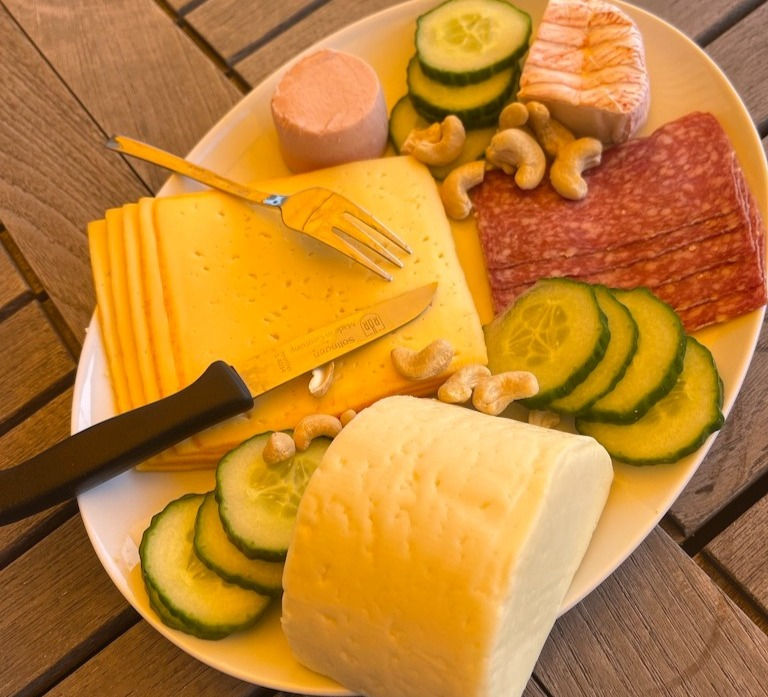
The hot meal. Typically lunch is cooked at home and is the main meal of the day. Proceeding that there will be the left over spreads from breakfast(including coffee) laid out for everyone while the host prepares lunch. The main dish is meat or fish accompanied by potatoes, rice, or German noodles, vegetables and sometimes rolls (Brötchen). It is also not hear of to have a stein of beer with your lunch even during the work lunch break becasue typically even when working people will take 1.5-2 hour lunch breaks.
Coffee and Cake

German bakeries are some of the most famous and best in the world in my opinion. A huge tradition when there is time is to go out for a coffee and a cake. I made time every day to try to sit at abakery and get a baked good and a coffee.These bakeries are full of amazing sweet pastries and a must visit. I would go back just for the bakeries!
Abendbrot
The cold meal. Dinners are typically lighter, with breads, hams, sausages, cheeses, pickles and soup in the winter. It’s more of a cold buffet-style meal with the family and eaten around 6 or 7 pm. Don’t forget the beer and wine. Aperol has also become increasingly popular.
Side note: obviously it's not exactly strict with these things because some people work, have a cold lunch and a hearty dinner or don't have time for a coffee and cake stop so it changes. I do know it was very common to have the meat and cheese spread all throughout the day until it was time to cook a big meal and even that meat, bread, and cheese spread was served as a pre meal snack. Love the meat and cheese boards!
_________________________________________________________________________
Food

Now let’s talk about food. Here are some very traditional german dishes and also some fusion dishes that are very common and ones that I ABSOLUTELY love. These are all dishes I tried in Germany that I think everyone should book their trip NOW to go get!
Brot (Bread)
Bread in Germany is an art. Coming from the U.S where is try and stay away from bread i could not believe all the tastes varieties and healthy bread that was in Germany. You don't find bad bread. Most grocery stores only have freshly homemade bread with SLICERS and packagers for you to use when getting a loaf. There are so many varieties and kinds but here are the classics and my favorites.

Brot & Brötchen
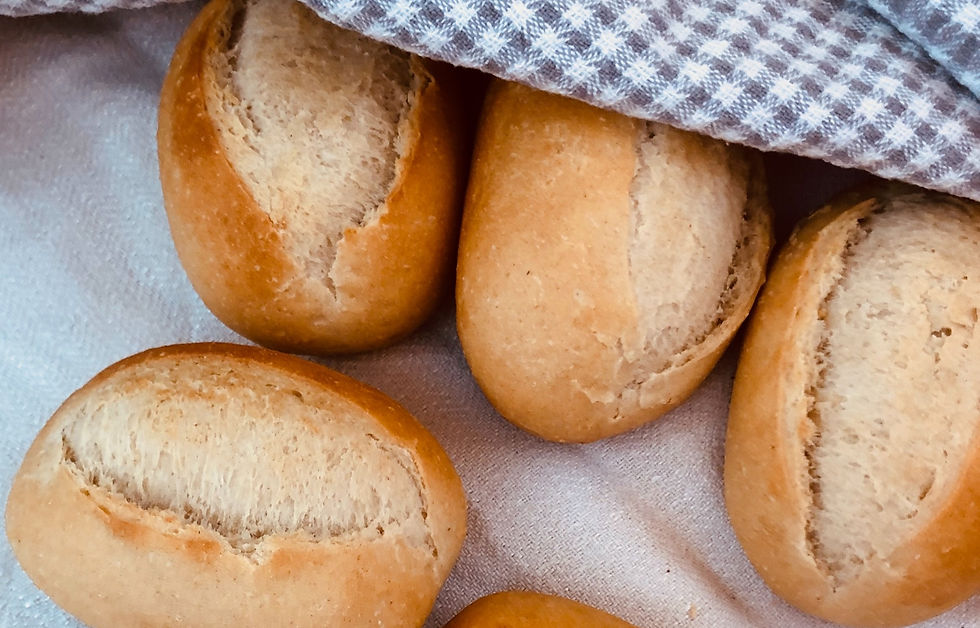
Mainly referring to a dinner roll. In Germany they take pride in freshly cooked bread so these are not your Hawaiian roll. They are fresh dinner rolls that are whole grain and eaten along with meals.
Bauernbrot
This is a classic German bread that is made like normal bread but butter milk is used.

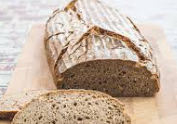
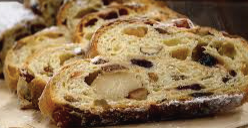
Vollkornbrot
This is a dense brown bread made with significant chunks of whole grain (typically einkorn), buttermilk, beer, and packed with nutrition.
Stollen
Also known as German Christmas bread, this is a sweet yeast bread made with dried fruit (cransins, raisins etc), and nuts and seeds.
Brezel
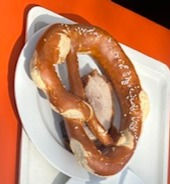
This is the classic German pretzel. It is also enjoyed with beer cheese and other sauces. Accompanied by a cold beer this snack is a must have in germany. I will say the way they make the pretzel bread in Germany is soft and delicious. It was the best bread pretzel I've ever had and they also season them in different ways, herbs, or cheese or just salt!
Soups/Sides
Semmelknödel/Kartoffelklöße
Bread/potato dumplings. Very common sides served with meat dishes. Often steamed or fried
Kartoffelpuffer

Potato pancakes are with grated or ground potato, matzo meal or flour and egg to bind everything together and fired in a pan. Flavored with grated garlic or onion and seasonings. Often served plain or with sweet or savory toppings such as powdered sugar, or jam.

Eintopf
Used as a kitchen dump, it is full of vegetables and sausage or braised short rib in a broth and it is commonly eaten in the winter. This is very yummy and a cozy dish and usually just eaten as an entire meal. You can add what ever needs to be eaten soon.
Goulash
This is very similar to Eintopf and is very common in Germany but is originally a hungarian dish that has become very popular in Germany.

Sauerkraut
Sauerkraut is finely cut raw cabbage that has been fermented. It is very well known for its sour taste. I am not a huge fan of sauerkraut but I had some homemade sauerkraut in Germany and I was in love with it.
Meat

Sauerbraten
This is the national dish of Germany believe it or not. I actually did not have the chance to try it but I saw it on menus almost everywhere we ate. I needed to add this because it is the national dish! It is heavily marinated beef, venison, lamb, or pork (mutton and horse also came up in my research) and served with sweet and sour gravy. (comment below and let me know what it's like)
Bratwurst

The classic sausage you think of when you think of German sausage. Literally meaning ground sausage, bratwurst is typically pork and veal seasoned with marjoram and thrown on the BBQ. Marjoram is a herb or undershrub that has more of a citrus and sweet pine flavor. It was actually used medicinally for colds and coughs etc.
Weisswurst

Another must try in the sausage family. This is a white sausage with pork or veal seasoned
with parsley, lemon, mace, onions, ginger and cardamom. Most people visiting look at it and don't know what it is but it is favored among locals because the spices are so good and it’s a lot lighter.
Rouladen

This is a traditional German dish featuring long, thin strips of meat slathered with mustard and filled with bacon, onions, and pickles, then roasted in the richest gravy you can imagine (yummmmm). The gravy is made from the juices of the cooked meat made into a rue, thickened with buttermilk and cornstarch/flour.
Currywurst
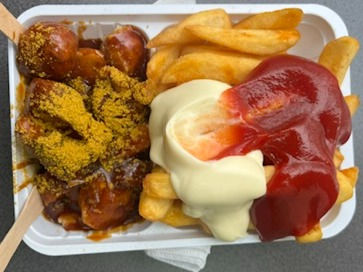
I don’t know where to start with this, I had never heard of Currywurst until we got to Hamburg who claimed to have come up with the currywurst. It's a pork sausage boiled, grilled and chopped up into bits sized pieces, topped with tomato sauce/ketchup blended with curry powder and asian spices. This is a very common on the go snack. It was phenomenal and I loved getting one whenever I was out.
Wiener Schnitzel

The classic chicken/pork schnitty (as known in aussie land) the schnitzel is pounded chicken or pork breaded with breadcrumbs flour and herbs, egg washed and fried. This is actually originally an Austrian dish but has become a southern german staple with a side of chips and drizzled lemon.
_________________________________________________________________________
Drinks
Beer

It is well known that Germans love beer. The beer culture is very unreal. There is a right way to drink a beer from the way it is poured to the glass it is put in and what food it is paired with. As much as I could dedicate my whole website and blog to my entire experience trying, researching and writing about beers, and how to properly drink them, I am going to save myself an entire year of work and stick to doing what I do. What I do is report my favorite things that I have learned about them, as I am not an expert, just a simple American who set out to learn as much as I can about the world and bring it back to you guys!
So I am an IPA girl with a love of lagers on a hot day. I split this into two catagories. Brands and types because both are important.
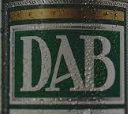
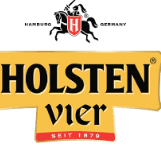
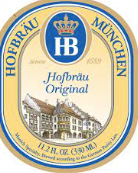

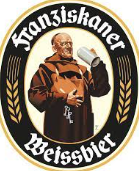
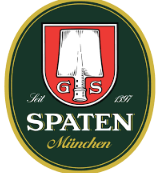

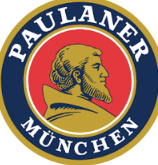



Pilsner
You simply cannot beat a classic pilsner, poured into a long necked glass. It is bitter, light and bottom fermented
My favorite brands: Krombacher, Radeberger
Kolsch:
By law it can only be produced in Köln and Dusseldorf, this light beer with a hint of malt flavor is one you can smash down. A great day drinker with a lower ABV(Alt)
Weißbier:
Has a tangy zesty flavor, but not like a sour, due to being part barley malt and part wheat. Served in a tall slender glass (yes apparently I have a glass type) and is a beast to pour. It will remain all foam if the glass isn’t tilted and it poured as slowly as possible.
Types: Kristall (clear filtered), Hefe (hazy) and Dark
Common brands: Augustiner, Shneider
Dunkles
Honestly I just love saying I would like a Dunkle. Served in a classic german stine or large glass with handle, this is known as the working class beer. Can be dark or light color depending on the roast of the malt and has a distinct malt flavor.
Common Brands in Germany: Löwenbräu, Hofbräu, and Dortmunder Aktienbrau (DAB)
Gose
I love a good sour and this is kind of the same but lighter. It is very good fermented with yeast and lactic acid but interestingly enough salt and coriander are added during the brewing process.
#6 Octoberfest (Märzen): probably my favorite. This is a malty beer brewed in march for the famous octoberfest. Breweries make these beers specifically for this time and it is consumed from steins in a beer hall (with a bretzel).
Other Alcohol

Everything else is in the other category because beer dominates the drinking world but there are some really good alternatives that I really enjoyed and honestly had never heard of before.
The Radler
Yes this is beer but it’s a mixed drink. This drink includes half a light lager and lemon soda (sprite)
Aperol Spritz:
A very common summer drink that is so good its base is aperol then you can add champagne or sparkling water, mint or rosemary, and orange.
Schorle:
This is a white wine mixed with a fizzy drink, sparkling water, lemon soda, etc.
Gluhwein:

A Christmas mulled wine made by heating wine with orange, cinnamon sticks, and star of anise. You can play around with the recipe adding apples, other spices etc. I cannot get enough of this. I first learned of it in college with my German friends and from there I have loved Christmas time going to the Christmas markets and trying all of the mulled wines.
And there you have it. My entire consumption experience in Germany. I cannot wait to continue to visit and discover new things and dont worry I will kepp you updated! Messag me with any more info I can learn!

Need help planning your trip? I am here to help!
Greer Ransom | Travel Advisor
Email: info@thegsource-travel.com
Phone:

Comments